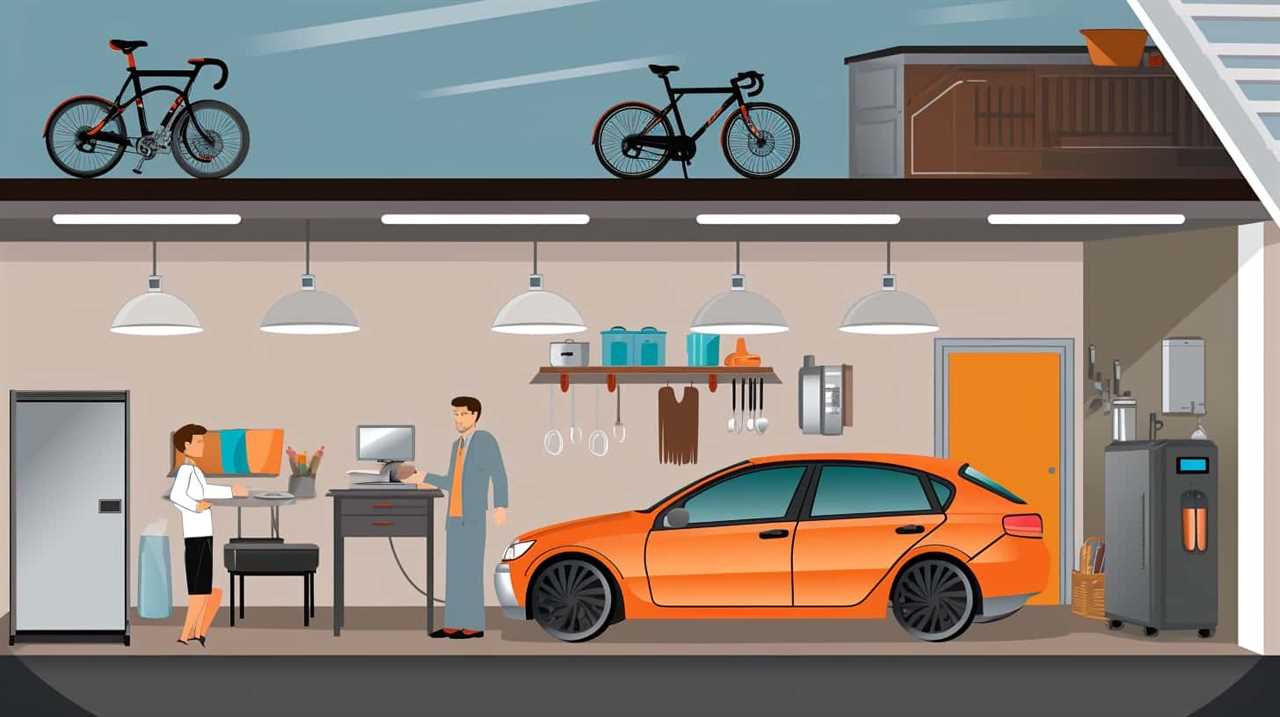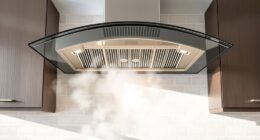Ever thought about whether appliances still consume energy even when they’re turned off? Well, stop wondering. This article will explore standby power and explain the concept of energy vampires.
We will explore the hidden costs of standby power and provide you with practical ways to measure and reduce your appliance’s energy consumption.
Get ready to take control of your energy usage and master the art of saving electricity.
Key Takeaways
- Standby power is the electricity consumed by appliances when not in use.
- Turning off appliances completely does not eliminate their power consumption.
- Unplugging appliances or using power strips with on/off switches can reduce standby power usage.
- Standby power consumption may seem insignificant, but it adds up over time.
Standby Power: Understanding the Concept
Standby power is the electricity consumed by appliances when we aren’t actively using them. It’s important to understand this concept in order to implement effective energy saving strategies.
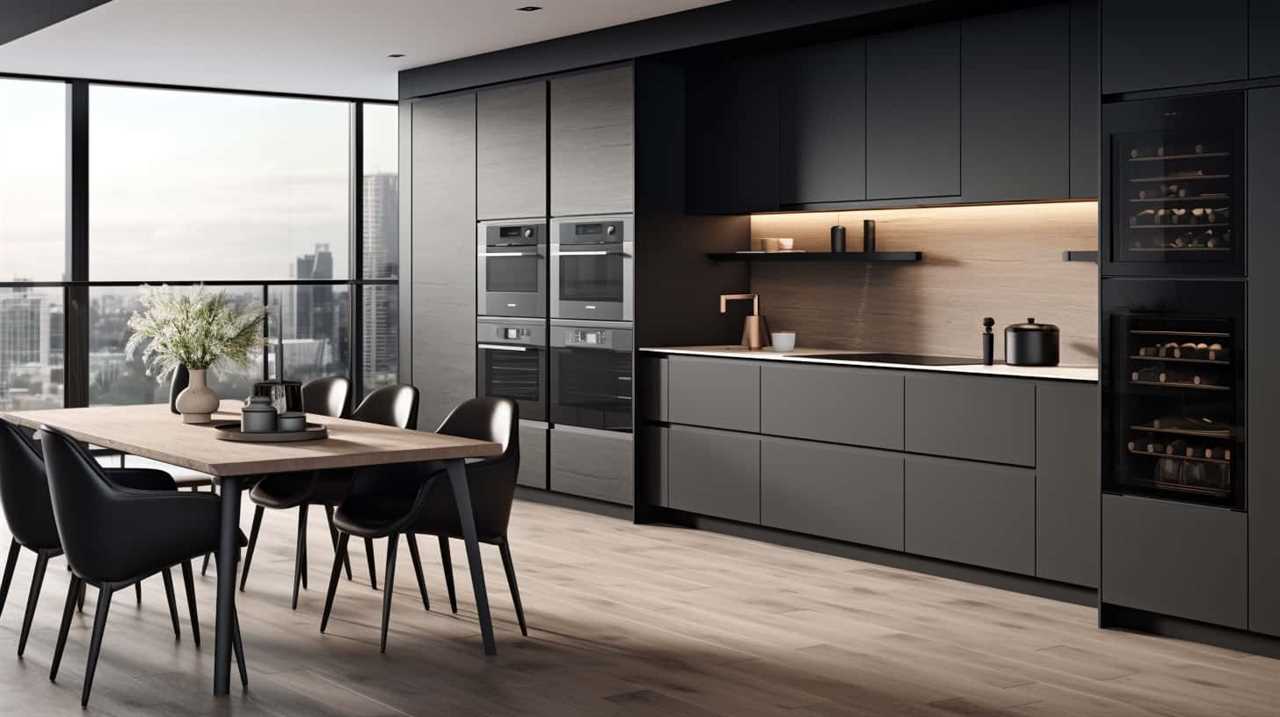
Common misconceptions about standby power often lead to unnecessary energy waste. Many people believe that turning off appliances completely eliminates their power consumption, but this isn’t the case. Appliances such as televisions, computers, and game consoles continue to draw power even when they’re in standby mode. This is because they’re designed to be ready for instant use.
To reduce standby power usage, it’s recommended to unplug appliances when not in use or use power strips with an on/off switch. Understanding the concept of standby power is the first step towards combating energy vampires: which appliances are guilty of excessive power consumption even when seemingly inactive.
Energy Vampires: Which Appliances Are Guilty
Now let’s explore which appliances are guilty of excessive power consumption, even when seemingly inactive. These energy vampires are the culprits behind unnecessary energy usage and higher electricity bills. To help you identify these sneaky energy drainers, here is a list of common vampire energy culprits:
| Appliance | Standby Power Consumption |
|---|---|
| Television | 3-5 watts |
| Computer | 1-5 watts |
| Game Console | 1-5 watts |
| DVD Player | 1-5 watts |
| Coffee Maker | 1-5 watts |
To combat vampire energy consumption, here are some energy-saving tips:

- Use power strips with surge protectors to easily turn off multiple appliances at once.
- Unplug chargers and small appliances when not in use.
- Enable power-saving features on your devices.
- Invest in energy-efficient appliances with low standby power consumption.
- Educate your household members about vampire energy and encourage them to be mindful of energy usage.
The Hidden Costs of Standby Power
When it comes to standby power, there are hidden costs that many of us may not be aware of. Wasted standby energy, also known as phantom power consumption, occurs when appliances and devices continue to draw electricity even when they aren’t in use.
This idle electricity can add up over time and result in higher energy bills.
Wasted Standby Energy
During periods of inactivity, appliances continue to draw energy, resulting in wasted standby energy and hidden costs. Wasted standby energy refers to the electricity consumed by appliances when they aren’t actively being used but remain plugged in. This energy consumption may seem insignificant on an individual basis, but when multiplied across millions of households and businesses, it becomes a significant contributor to overall energy waste.
Energy conservation is crucial in addressing this issue and reducing our carbon footprint. By simply unplugging appliances or using power strips to easily disconnect multiple devices at once, we can minimize wasted standby energy and save on our energy bills.

Additionally, advancements in technology have led to the development of appliances with lower standby power requirements, further promoting energy efficiency and conservation.
Phantom Power Consumption
Phantom power consumption poses hidden costs associated with standby power that we need to address. This occurs when electronic devices continue to draw power even when they’re turned off or in standby mode. It’s estimated that phantom power consumption can account for up to 10% of a household’s energy usage.
To minimize idle energy and reduce these hidden costs, it’s important to implement effective phantom power management strategies. One way to achieve this is by using advanced power strips that can automatically shut off power to devices when they aren’t in use.
Additionally, purchasing energy-efficient appliances and ensuring they’re properly unplugged or turned off when not in use can also help to minimize phantom power consumption.

Costly Idle Electricity
To further understand the impact of phantom power consumption, let’s delve into the hidden costs of standby power, specifically the costly idle electricity it generates. Standby power, also known as vampire power or phantom load, refers to the electricity consumed by electronic devices even when they are not in use but remain plugged in. This wasted electricity not only adds to our energy bills but also contributes to environmental degradation. By conserving energy and reducing standby power, we can minimize the amount of wasted electricity and make a significant impact in our pursuit of energy conservation.
To illustrate the extent of the problem, consider the table below which showcases the potential annual energy consumption of common household appliances in standby mode:
| Appliance | Standby Power Consumption (Watt) |
|---|---|
| Television | 5 |
| Game console | 10 |
| Computer monitor | 3 |
| DVD player | 7 |
| Microwave | 2 |
How to Measure Standby Power Usage
We can easily measure standby power usage by using a watt meter to determine the energy consumption of appliances when they aren’t in use. Standby power refers to the electricity consumed by electronic devices when they’re turned off but still plugged in. Measuring standby power accurately is crucial in understanding the impact of standby power on the environment and finding ways to reduce it.
A watt meter, also known as a power meter or energy monitor, is a device that can measure the amount of electricity consumed by an appliance. By connecting the watt meter between the appliance and the power outlet, we can accurately measure the standby power usage.
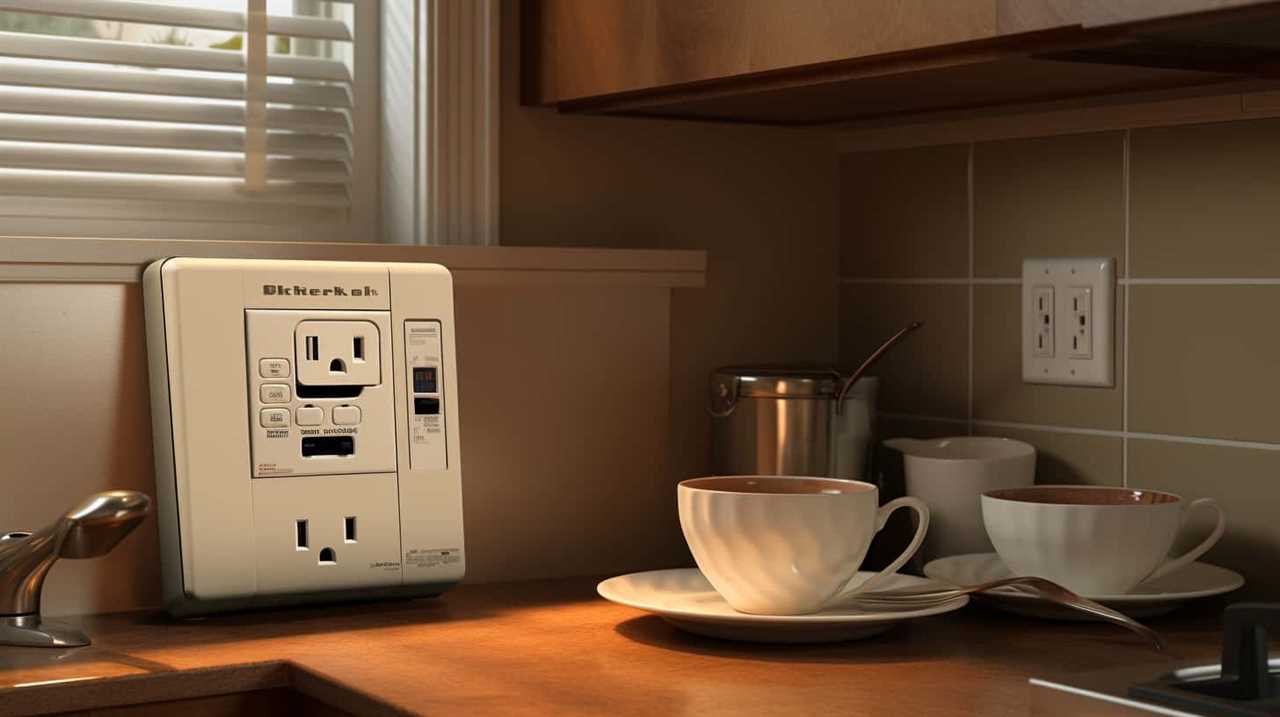
This information can then be used to make informed decisions about energy consumption and reduce our environmental footprint.
The Impact of Standby Power on Your Electricity Bill
When it comes to standby power, it’s important to understand the impact it can have on your electricity bill. Unnecessary energy consumption from appliances in standby mode can add up and contribute to higher costs.
To reduce standby power usage and save on your bill, implementing energy-saving strategies like using power strips, unplugging devices when not in use, and opting for energy-efficient appliances can make a significant difference.
Unnecessary Energy Consumption
Discussing unnecessary energy consumption, we often overlook the impact of standby power on our electricity bills. Standby power, also known as vampire power or phantom load, refers to the electricity that appliances and electronic devices consume even when they’re turned off or in standby mode. This idle energy consumption may seem insignificant, but it can add up over time and significantly contribute to our energy bills.

Here are four energy-saving tips to reduce unnecessary energy consumption and its impact on climate change:
- Use power strips: Plug multiple devices into a power strip and turn off the strip when not in use to cut off the power supply completely.
- Unplug chargers: Even when not connected to a device, chargers continue to draw power. Unplug them when not in use.
- Enable power-saving features: Activate power-saving settings on your devices and appliances to reduce standby power consumption.
- Invest in energy-efficient appliances: Choose appliances with energy-saving features and high energy efficiency ratings to minimize standby power usage.
Cost of Standby Power
As we delve into the cost of standby power, it becomes evident that the impact of this idle energy consumption on our electricity bills cannot be underestimated. Standby power, also known as vampire power or phantom load, refers to the electricity that is consumed by appliances and electronic devices when they are in standby mode or turned off. This wasted electricity may seem insignificant, but it can add up over time and contribute to a significant portion of our electricity bills.
To understand the cost of standby power, it is important to measure power consumption accurately. Power consumption measurement allows us to identify the appliances and devices that consume the most energy in standby mode. By understanding this data, we can make informed decisions about which devices to unplug or use energy-saving features to reduce unnecessary energy consumption and lower our electricity bills.
| Appliance/Device | Standby Power Consumption (Watts) | Percentage of Total Standby Power Consumption |
|---|---|---|
| Television | 5 | 25% |
| Computer | 3 | 15% |
| Video Game Console | 2 | 10% |
| Stereo System | 2 | 10% |
| Microwave | 1 | 5% |
Energy-Saving Strategies
To minimize wasted electricity and reduce our electricity bills, we can implement energy-saving strategies that address the impact of standby power on our appliances and devices. Here are four energy-saving tips to help us reduce electricity usage:
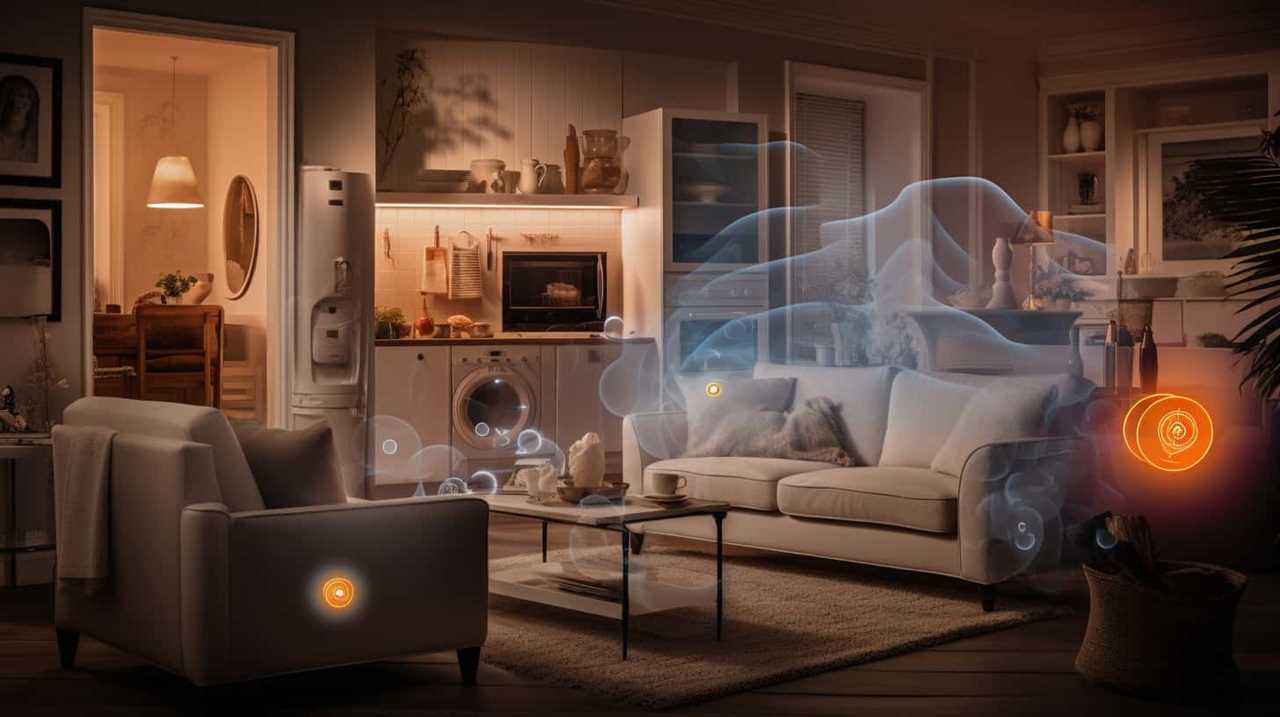
- Unplug unused electronics: Many devices continue to draw power even when not in use, so unplugging them when not in use can significantly reduce standby power consumption.
- Use power strips: Connecting multiple devices to a power strip allows us to easily turn them off with a single switch, eliminating standby power usage.
- Adjust power settings: Lowering the brightness of our screens, enabling power-saving modes, and adjusting sleep settings on computers and other devices can help reduce energy consumption.
- Upgrade to energy-efficient appliances: Replacing old appliances with energy-efficient models can lead to significant energy savings over time.
By implementing these energy-saving strategies, we can reduce our electricity usage and lower our bills.
Now, let’s address some common misconceptions about appliance energy consumption.
Common Misconceptions About Appliance Energy Consumption
One common misconception about appliance energy consumption is that appliances don’t draw energy when not in use. However, this isn’t true. Many appliances, such as televisions, computers, and microwaves, continue to consume energy even when they’re turned off or in standby mode.
This phenomenon is known as standby power, vampire power, or phantom load. The misunderstanding implications of this misconception are significant, as it leads to wasted energy and higher electricity bills.

Debunking this myth is essential in helping individuals make informed decisions about energy usage and conservation. By understanding that appliances continue to draw energy even when not in use, people can take steps to reduce their standby power consumption, such as unplugging devices when not in use or using power strips with on/off switches.
The Environmental Impact of Standby Power
Analyzing the environmental impact of standby power reveals the extent of energy waste and carbon emissions caused by appliances drawing power when not in use. To fully grasp the consequences of standby power, consider the following:
- Climate Change: Standby power contributes to climate change by increasing carbon emissions. Even though individual appliances may draw only a small amount of power, the collective impact is significant.
- Energy Waste: Standby power is a form of energy waste. It’s estimated that standby power accounts for about 10% of residential energy consumption, which could be better utilized elsewhere.
- Increased Electricity Demand: Standby power adds to the overall electricity demand, requiring more power generation and contributing to the strain on energy resources.
- Strategies to Minimize Standby Power: Minimizing standby power in households can be achieved through the use of power strips with on/off switches, energy-efficient appliances, and habits such as unplugging devices when not in use.
Understanding the environmental impact of standby power is crucial in our efforts to reduce energy waste and combat climate change. By implementing strategies to minimize standby power, we can make significant strides towards a more sustainable future.
Tips for Reducing Standby Power Usage
Let’s explore some tips to help us reduce standby power usage in our homes.

By implementing these energy-saving techniques for idle appliances, we can minimize the amount of power consumed when our devices aren’t in use.
Firstly, consider using power strips with built-in timers or switches to control the flow of electricity to multiple devices at once. This allows you to easily turn off the power supply to all connected appliances when they aren’t needed.
Secondly, unplug chargers and power adapters when they aren’t actively charging a device. Even when not in use, these devices still draw power if left plugged in.
Additionally, consider investing in Energy Star certified appliances, which are designed to consume less power in standby mode.
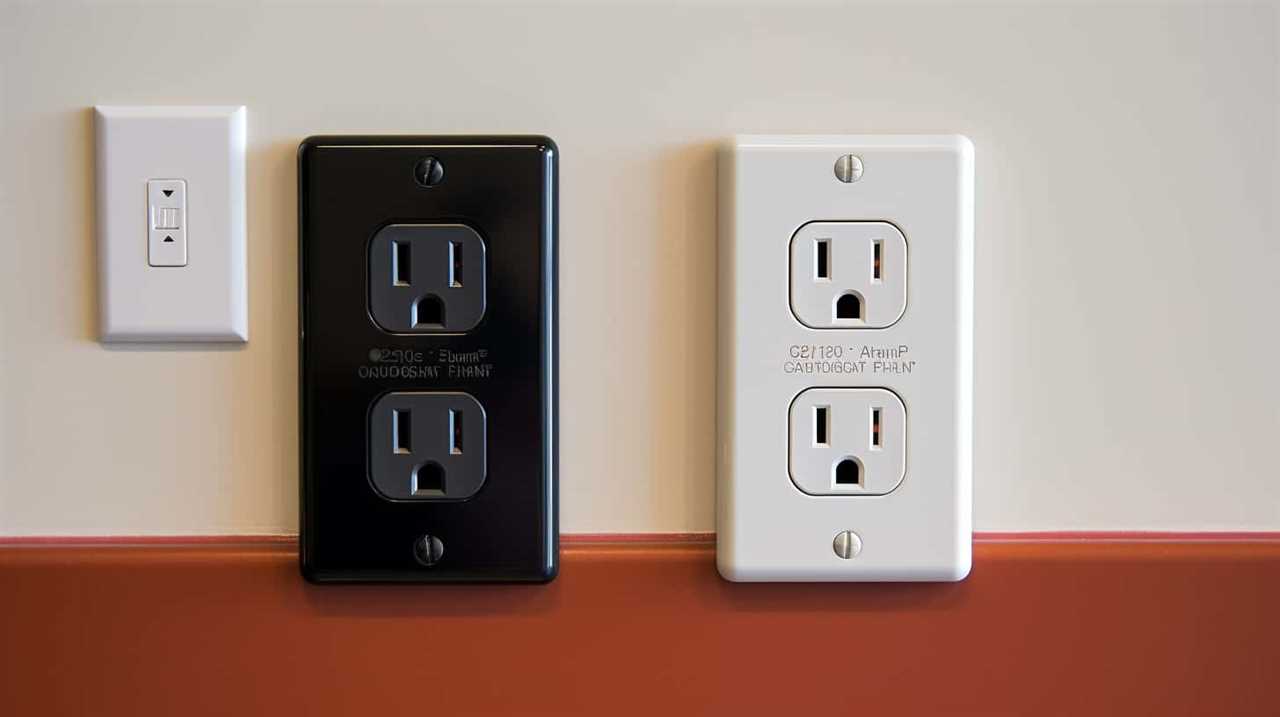
Smart Power Strips: a Solution to Vampire Power
To continue addressing the issue of standby power usage, we can explore the effectiveness of smart power strips as a solution to vampire power. These power strips offer energy saving benefits and remote control functionality, making them a convenient and efficient option for reducing standby power consumption.
Here are four reasons why smart power strips are an excellent choice:
- Advanced power sensing technology: Smart power strips can detect when a device is in standby mode and automatically cut off power to it, reducing energy waste.
- Individual outlet control: With the ability to control each outlet remotely, you can easily turn off power to specific devices that aren’t in use, further minimizing standby power consumption.
- Timer and scheduling features: Smart power strips allow you to set timers or schedules for when certain devices should be powered on or off, ensuring energy is only used when needed.
- Energy monitoring and reporting: Some smart power strips provide real-time energy usage data, allowing you to monitor and analyze power consumption, helping you make informed decisions to save energy.
By utilizing smart power strips, we can significantly reduce vampire power and promote energy efficiency.
In the next section, we’ll explore energy-efficient alternatives for high standby power appliances.

Energy-Efficient Alternatives for High Standby Power Appliances
When looking for energy-efficient alternatives to high standby power appliances, there are several points to consider.
Firstly, standby power reduction is crucial in minimizing energy waste and lowering electricity bills.
Secondly, exploring energy-saving appliance options can help to identify more efficient alternatives that consume less power in standby mode.
Lastly, utilizing smart power strips can provide an additional layer of control and automation, allowing for better management of power usage and reducing standby power consumption.

Standby Power Reduction
Reducing standby power is essential for improving energy efficiency and minimizing wasted energy usage in high standby power appliances. Standby power, also known as vampire power or phantom load, refers to the electricity consumed by devices when they aren’t in use but still plugged in. The impact of standby power on the environment is significant, contributing to unnecessary greenhouse gas emissions and increasing energy costs for consumers.
To address this issue, here are four standby power reduction techniques that can be employed:
- Power Strips: Utilize power strips with built-in surge protectors and on/off switches to easily disconnect multiple devices at once.
- Energy-Efficient Appliances: Opt for energy-efficient appliances that consume less standby power.
- Smart Power Management: Use smart power management features that automatically power off devices when not in use for a specific period.
- Unplugging: Simply unplug devices when not in use to eliminate standby power consumption altogether.
Energy-Saving Appliance Options
We can explore energy-saving appliance options as alternatives for high standby power appliances. When it comes to reducing energy consumption and saving money, there are several eco-friendly appliance options available.
One of the simplest energy-saving tips is to choose appliances with the Energy Star label. These appliances are designed to be more energy-efficient and can significantly reduce standby power usage. Additionally, opting for appliances with advanced features such as power management systems and timers can help minimize energy usage when not in use.

Another option is to invest in appliances that use renewable energy sources, such as solar-powered water heaters or photovoltaic panels for electricity generation. By incorporating these eco-friendly appliance options, we can take significant steps towards reducing our energy consumption and promoting a sustainable lifestyle.
Now let’s explore another energy-saving solution: smart power strips.
Smart Power Strips
Using smart power strips is an effective way to reduce energy consumption and save money with high standby power appliances. These power strips incorporate energy-saving technology and power management strategies to minimize the amount of energy wasted when appliances aren’t in use.
Here are four reasons why smart power strips are a smart choice for energy-conscious consumers:
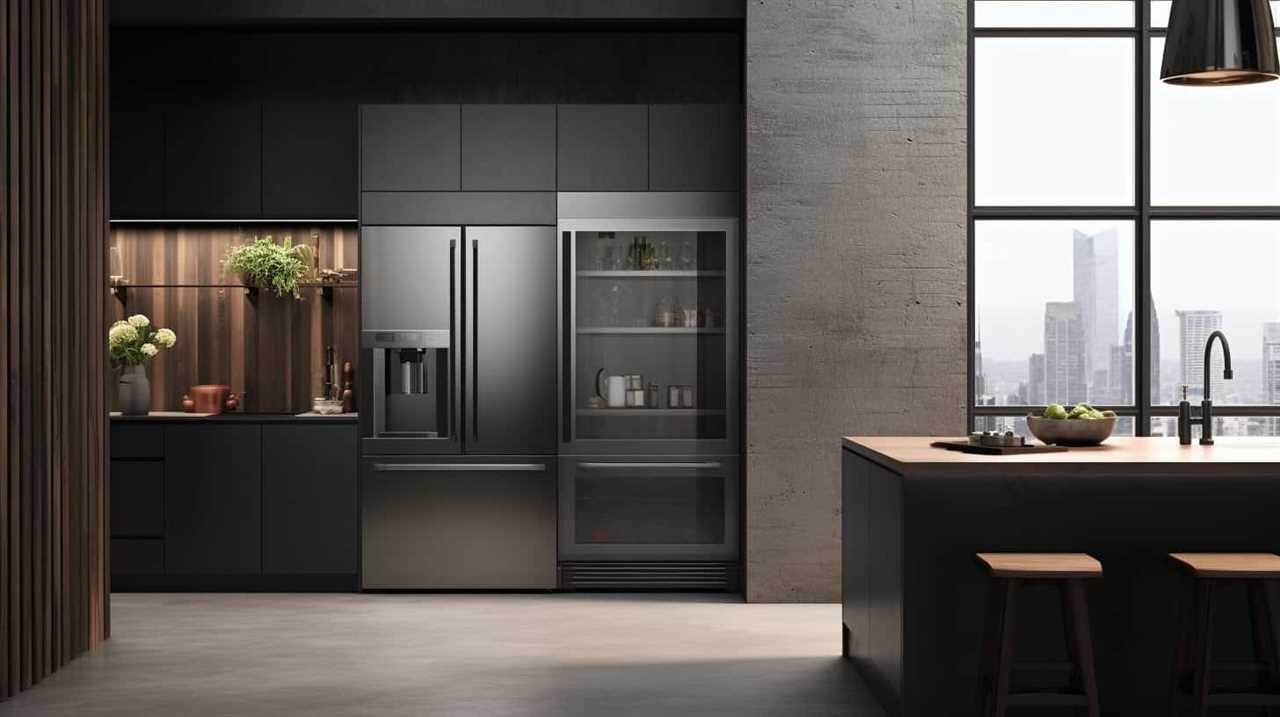
- Advanced Power Monitoring: Smart power strips can monitor the energy usage of connected devices in real-time, providing valuable insights into energy consumption patterns and helping users identify energy-hungry appliances.
- Automatic Shutdown: These power strips can automatically cut power to appliances when they aren’t in use, eliminating standby power consumption and reducing energy waste.
- Smart Scheduling: With the ability to schedule when power is supplied to specific outlets, smart power strips allow users to optimize energy usage by only providing power when needed.
- Remote Control: Many smart power strips can be controlled remotely via smartphone apps, allowing users to turn off or on connected appliances from anywhere, further maximizing energy savings.
The Role of Regulations in Reducing Standby Power
Regulations play a crucial role in curbing standby power consumption by appliances. The government’s role in implementing and enforcing regulations is essential to ensure that manufacturers adhere to energy efficiency standards. These regulations have a significant impact on reducing the standby power of appliances, as they set limits on the amount of power that devices can consume when not in use. By imposing strict regulations, the government encourages manufacturers to develop more energy-efficient appliances that consume minimal power in standby mode. This helps to reduce overall energy waste and lowers electricity bills for consumers. Additionally, regulations promote innovation and the adoption of new technologies that further enhance energy efficiency. The table below showcases some examples of regulations implemented in different countries to reduce standby power consumption.
| Country | Standby Power Regulation |
|---|---|
| United States | ENERGY STAR program sets limits on standby power for various devices |
| European Union | Ecodesign Directive specifies standby power limits for appliances |
| Japan | Top Runner Program establishes energy efficiency standards |
These regulations not only benefit consumers but also contribute to environmental sustainability by reducing carbon emissions associated with excessive standby power consumption.
How to Calculate Standby Power Consumption for Your Appliances
To accurately determine the standby power consumption of your appliances, a measurement of their energy usage while not in use can be taken. By following these standby power measurement techniques, you can gain a deeper understanding of the energy consumption of your appliances:
- Use a watt meter: This device measures the power consumption of an appliance when it’s plugged in but not actively in use.
- Analyze energy usage data: Many smart plugs and energy monitoring devices provide data on standby power consumption, allowing you to track and analyze trends over time.
- Conduct a power strip test: Plug multiple appliances into a power strip and measure the power consumption when the strip is turned off. This can help identify appliances that draw significant standby power.
- Consult appliance manuals: Some manufacturers provide standby power consumption information in their product manuals.
By utilizing these standby power measurement techniques, you can identify appliances that consume excessive standby power and implement standby power reduction strategies. This will help you take control of your energy usage and reduce unnecessary energy waste.

Now, let’s delve into the final thoughts on taking control of your energy usage.
Taking Control of Your Energy Usage: Final Thoughts
Now, let’s reflect on our findings and explore practical ways to take control of our energy usage. By actively managing our energy consumption, we can reap long-term benefits such as reduced utility bills and a smaller environmental footprint.
One key aspect of taking control is changing habits for energy efficiency. This includes simple actions like turning off lights when not in use, unplugging appliances that aren’t being used, and using energy-saving settings on electronic devices.
Additionally, investing in energy-efficient appliances can significantly reduce overall energy consumption. It’s also important to regularly maintain appliances and HVAC systems to ensure optimal efficiency.

Frequently Asked Questions
Are All Appliances Guilty of Standby Power Consumption?
Yes, all appliances are guilty of standby power consumption. This has a significant impact on the environment. However, energy efficient appliances play a crucial role in reducing standby power consumption and minimizing environmental damage.
Can Standby Power Usage Contribute Significantly to My Electricity Bill?
Standby power usage can have a significant impact on our electricity bill. It’s important to be aware of how appliances draw energy when not in use. Smart power strips can help reduce this consumption and lessen our environmental footprint.
Are There Any Misconceptions About the Energy Consumption of Appliances?
There are many misunderstandings about appliance energy usage, including misconceptions about standby power. However, we can debunk these myths by understanding that appliances do draw energy when not in use, albeit in smaller amounts.
How Can I Measure the Standby Power Usage of My Appliances?
To accurately measure standby power usage, we can employ various techniques. By utilizing specialized equipment and monitoring common appliances in standby mode, we can obtain precise data on their energy consumption when not in use.

What Are Some Tips for Reducing Standby Power Usage?
Smart power strips and energy efficient appliances are effective ways to reduce standby power usage. By using these devices, we can minimize the energy consumption of our appliances when they are not in use, saving both money and resources.
Conclusion
In conclusion, understanding the concept of standby power and its impact on our electricity bills is crucial. Identifying energy vampires and measuring standby power usage can help us make informed choices about our appliances.
By opting for energy-efficient alternatives and supporting regulations, we can reduce standby power consumption. So, let’s take control of our energy usage and ask ourselves, ‘Can we afford to ignore the hidden costs of standby power?’
‘Can we afford to ignore the hidden costs of standby power when it not only impacts our environment but also adds up to higher energy bills in the long run?’
